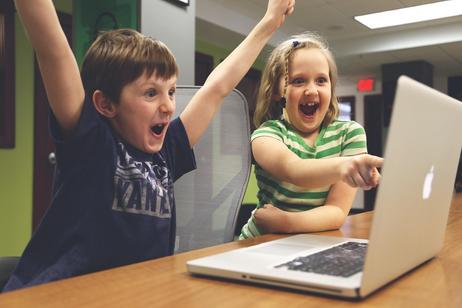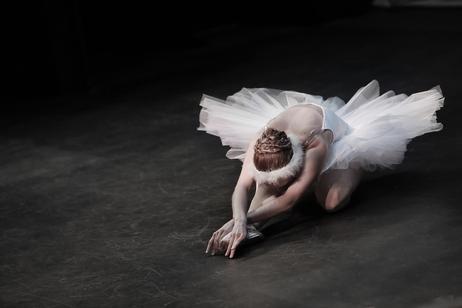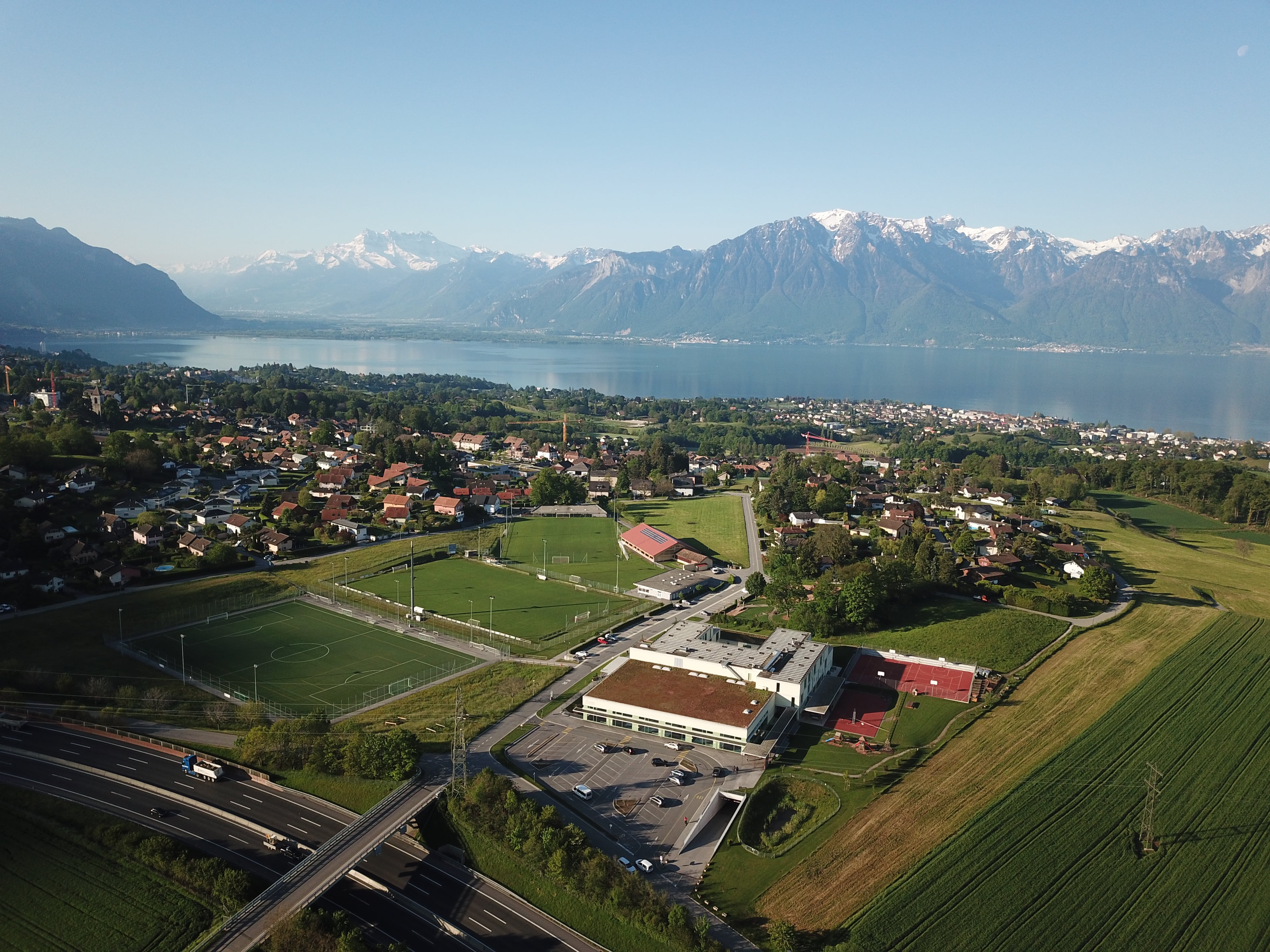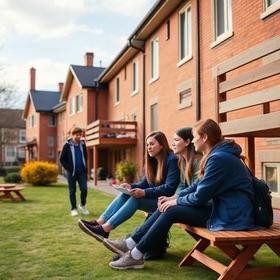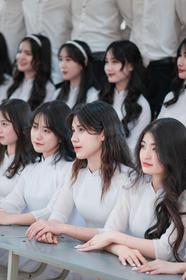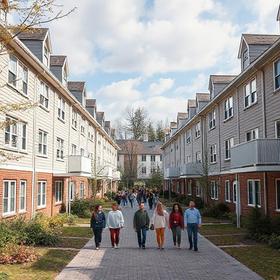Technology & Boarding Schools: From Dorm Wi-Fi to AI Learning Tools
Technology and boarding schools have evolved together over the past two decades, but the pace of change since 2020 has been especially significant. In 2025, technology and boarding schools are no longer defined simply by campus-wide Wi-Fi or laptop requirements. Instead, technology and boarding schools now integrate artificial intelligence learning tools, digital wellness programs, cybersecurity infrastructure, and style="line-height:1.38;margin-top:12pt;margin-bottom:12pt;">For families evaluating boarding schools, understanding how technology and boarding schools intersect is critical. Parents want assurance that technology and boarding schools promote academic excellence while protecting student well-being. Educators want technology and boarding schools to support pedagogy rather than distract from it. Students expect technology and boarding schools to mirror the connected world they already live in, while still offering balance.
This article examines how technology and boarding schools function today, from dormitory internet access to AI-supported classrooms, and what families should look for when evaluating technology and boarding schools in 2025.
The Evolution of Technology and Boarding Schools
Technology and boarding schools once focused on basic infrastructure. Reliable email access, computer labs, and shared desktops defined early adoption. By the mid-2010s, most technology and boarding schools had transitioned to one-to-one device programs, learning management systems, and cloud-based collaboration tools.
In 2025, technology and boarding schools emphasize integration rather than access alone. Digital tools are embedded into teaching, assessment, residential life, and student support services. According to the National Association of Independent

